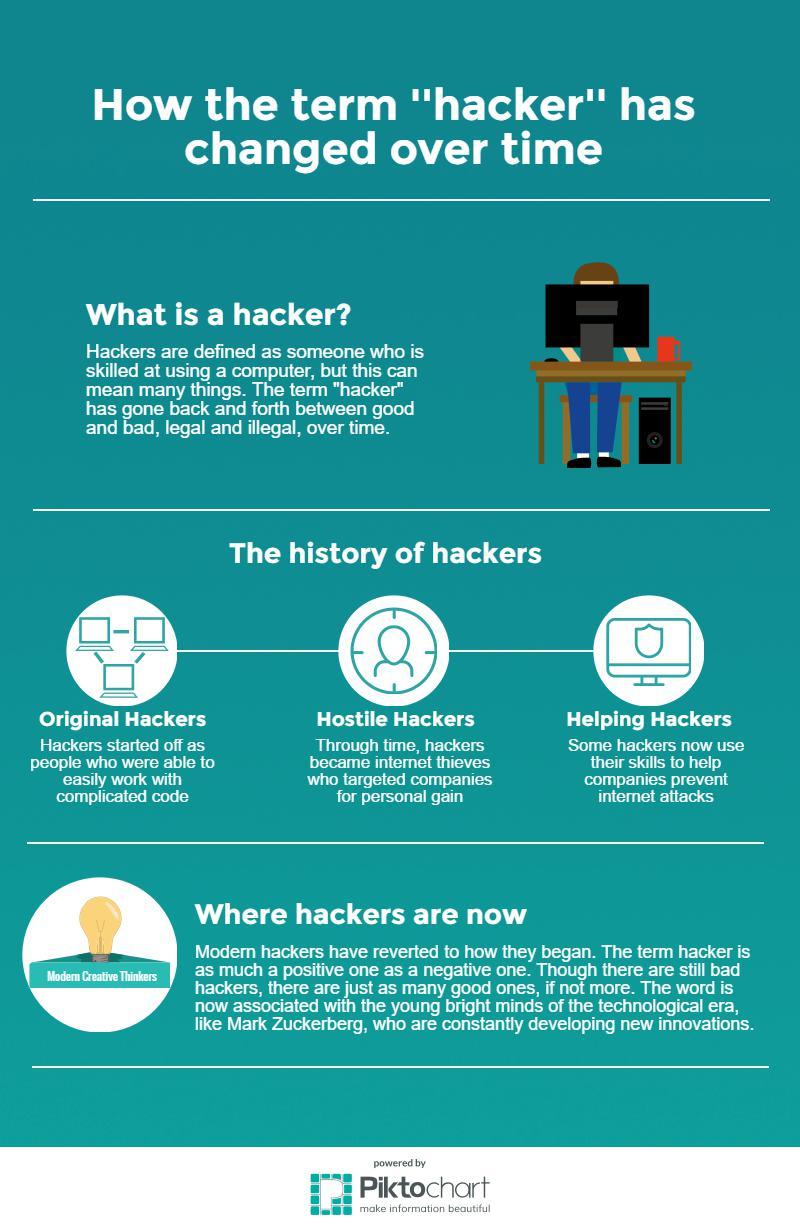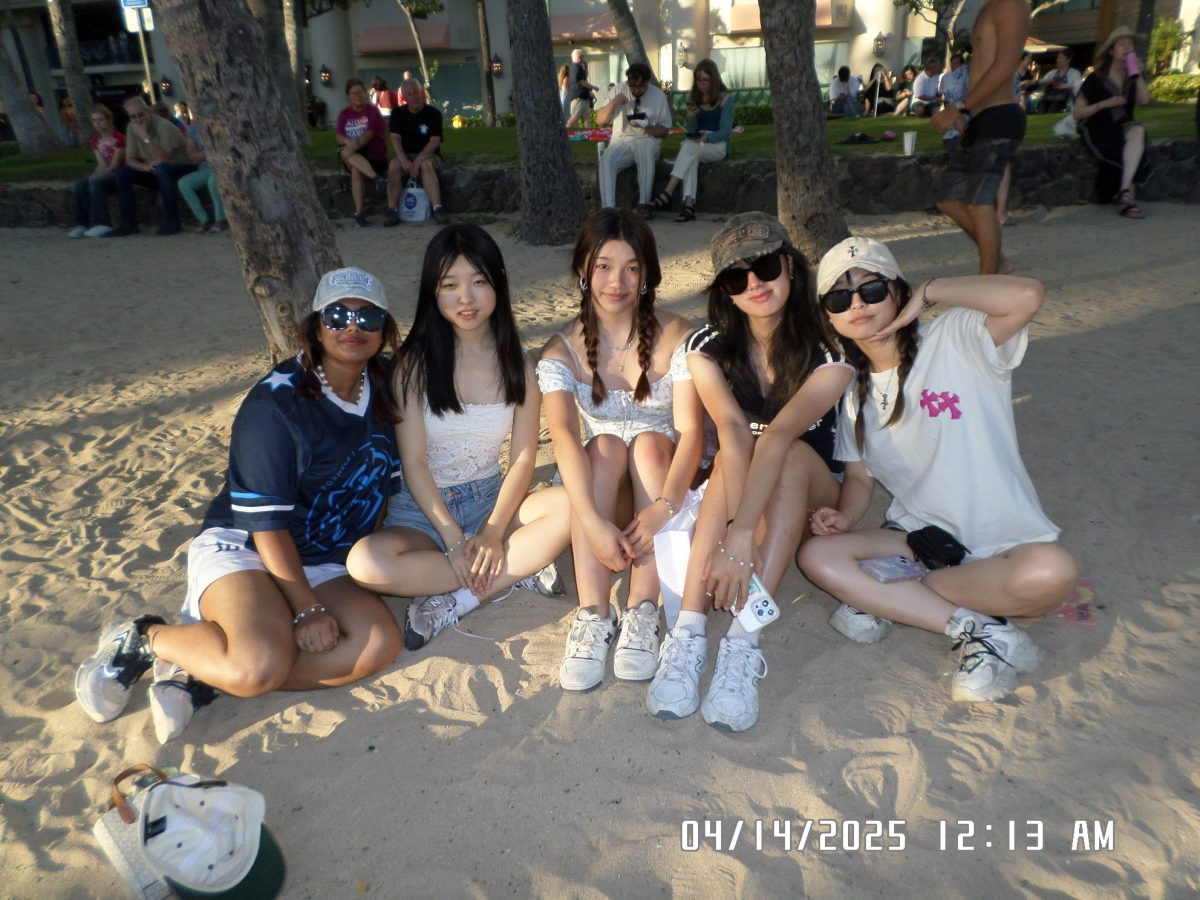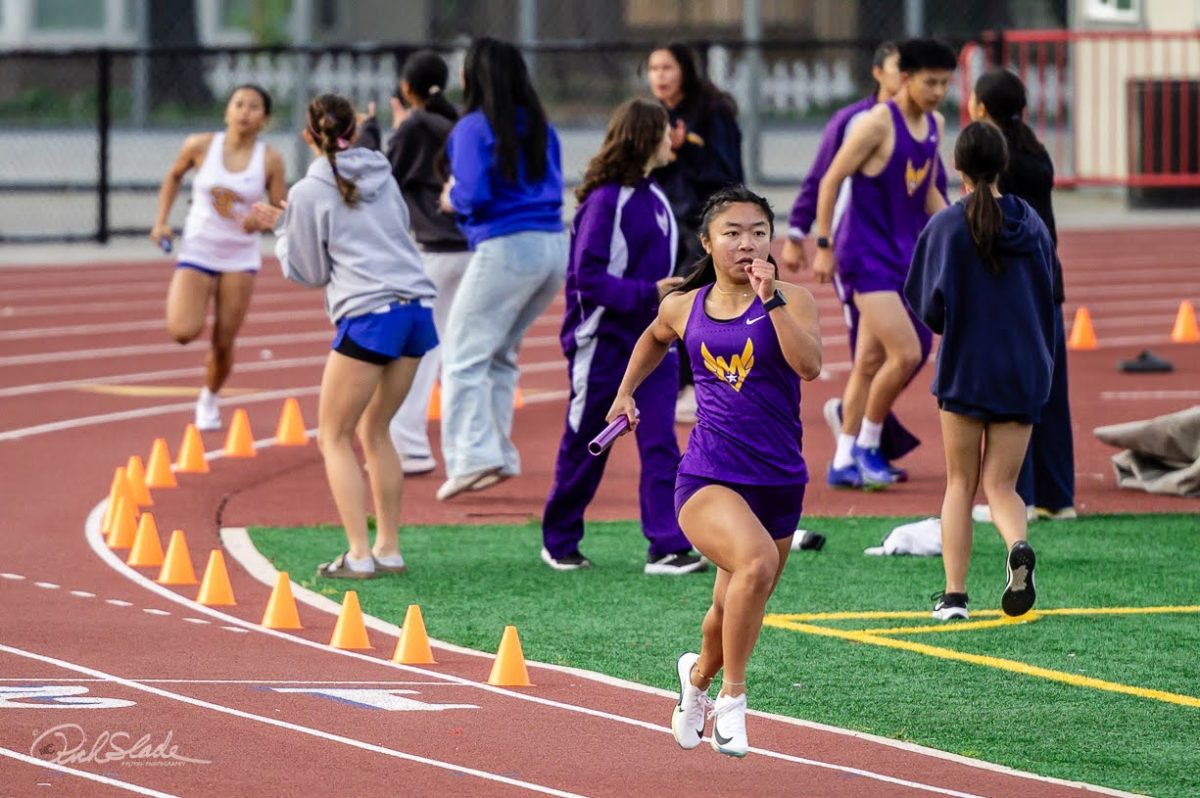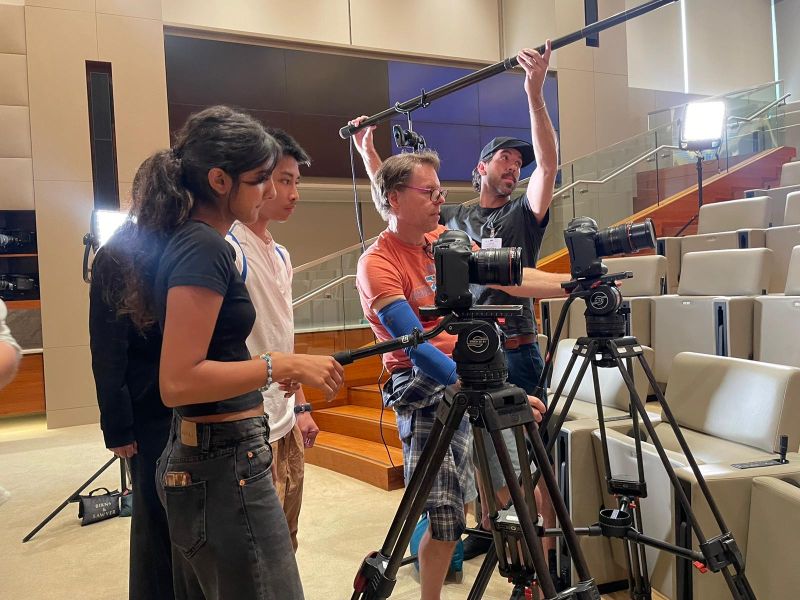Juniors Rishi Upadhyay and Adithya Mohan struggle to keep alert as they continue their work. They down one can of fizzy soda after another and turn to greasy pizza for comfort as time passes by. The experience of the hackathon, despite leaving them exhausted, is in every sense exhilarating.
Hundreds of students are crammed into a large work space, everyone either working on computers or running around the room looking for help. After 20 hours, the fatigue is almost impossible to ignore — but still, there is work to do.
That pressure driven adrenaline fuels Mohan and Upadhyay till the very end.
These coders have participated in multiple hackathons, during which they have produced apps, programs, and software for robotics. They get to work with their friends for hours, without distractions, and brainstorm original ideas with people who are just as passionate about computer science as they are.
Although Mohan and Upadhyay attend hackathons for the potential cash prizes, they consider the lessons that they learn through the experience to be more valuable
“There are a lot of opportunities since we are in the bay area,” Mohan said. “You do get the contacts of people who are in the business […], like a CEO of a company.”
The contestants usually spend all day in front of computer screens coding, in order to achieve the most impressive and most elaborate product. The time consuming work leaves little to no room to deal with daily necessities such as nutrition and hygiene. Skipping meals only to binge on junk food later and being unable to shower is normal. Contestants commonly bring bottles of meal replacements with them such as soylent, to help them focus more on working, and less on finding food to eat. They also have to cope with the loss of sleep that, according to Mohan and Upadhyay, takes two to three days to recover from.
Despite these negatives, computer science teacher David Greenstein believes hackathons to be a positive aspect of the coding community. In his mind, they do much more good than bad, despite all unfavorable coverage seen in the media most likely encouraged by the term “hacker.”
To many, the term has a negative implication, but according to Greenstein there are actually two sides and when focusing on the perceived negative meaning, Greenstein pinpoints two terms: the white hats and the black hats. Two opposing forces at work. 
White hats represent the hackers who do things to help others. They typically look at the core code, trying to find things that are harming people in order to fix it. Black hats are those who who use coding to their benefit and to the disadvantage of others by looking for vulnerabilities in order disrupt the system.
Hackathons encourage neither. They’re simply events made to motivate students into learning more about coding and expand their knowledge. Along with with the learning experience, Mohan and Upadhyay can attest to the fun environment the event provides. They believe that no matter what previous experience contestants have had hackathons are useful to whoever wants to try.
Both the boys and Greenstein believe that hackathons advance the MVHS coding community, rather than hurt it’s growth.
“What it’s doing is encouraging people to work on really important problems and see what they can come up with.” Greenstein said. “What comes out of that is more knowledge about how things work.”









